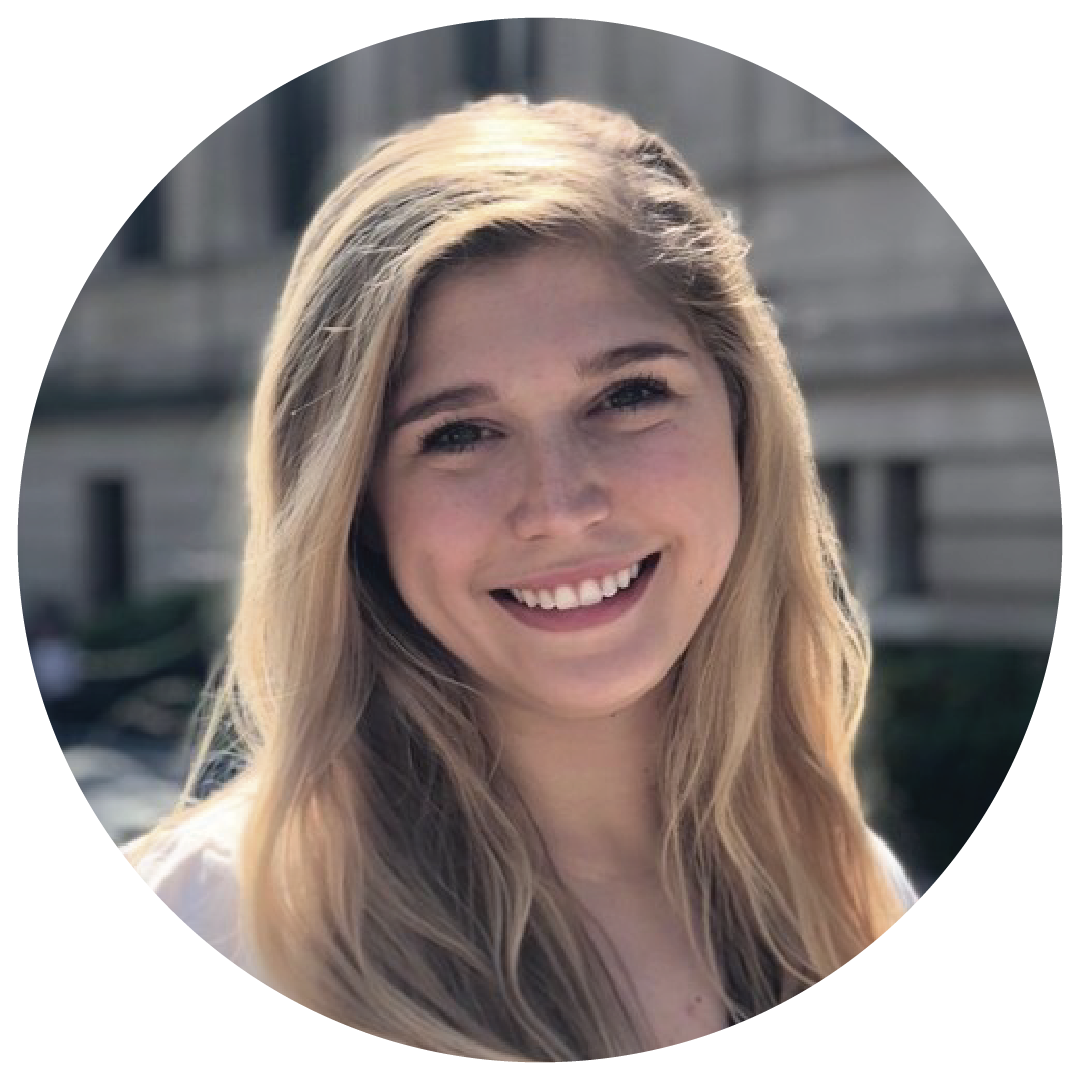Career Advice
Articles and guides that will help you find opportunities, master the interview process, and build an amazing career.
How to Land Your First Job After College in the Age of AI
Yes, It’s Really Hard to Get a Job Out of College Right Now
The old career ladder is collapsing, and your parents might not understand why.
For decades, the path into white-collar work was straightforward: you landed an internship, moved into an entry-level role, proved yourself by handling repetitive tasks, and gradually climbed the ranks. That ladder is breaking, and for today’s graduates, the first rung feels out of reach.
6 Things You Can Do This Summer to Land a Job or Internship Next Year
If you’re hoping to land a great internship or full-time job next year, your summer is one of the best times to start preparing—whether you’re interning, working a part-time job, or taking summer classes. What many students don’t realize is that tons of companies begin hiring for the following summer as early as August or September. That means the effort you put in now can make a big difference in your success this fall.
All Articles
How to Land Your First Job After College in the Age of AI
6 Things You Can Do This Summer to Land a Job or Internship Next Year
What to Do if You Don't Know What Career Path to Choose
How to Make a Great First Impression at Your Internship
How to Deal With Questions About Your Job Search During the Holidays
Finding a Job 101: How to Identify Opportunities and Position Yourself Competitively in Your Search
12 Strong Rotational Programs to Kickstart Your Career
10 Companies With Great Entry-Level Sales Roles
Ask Gen Z: How Do I Find a Company That Will Support My Career Growth?











